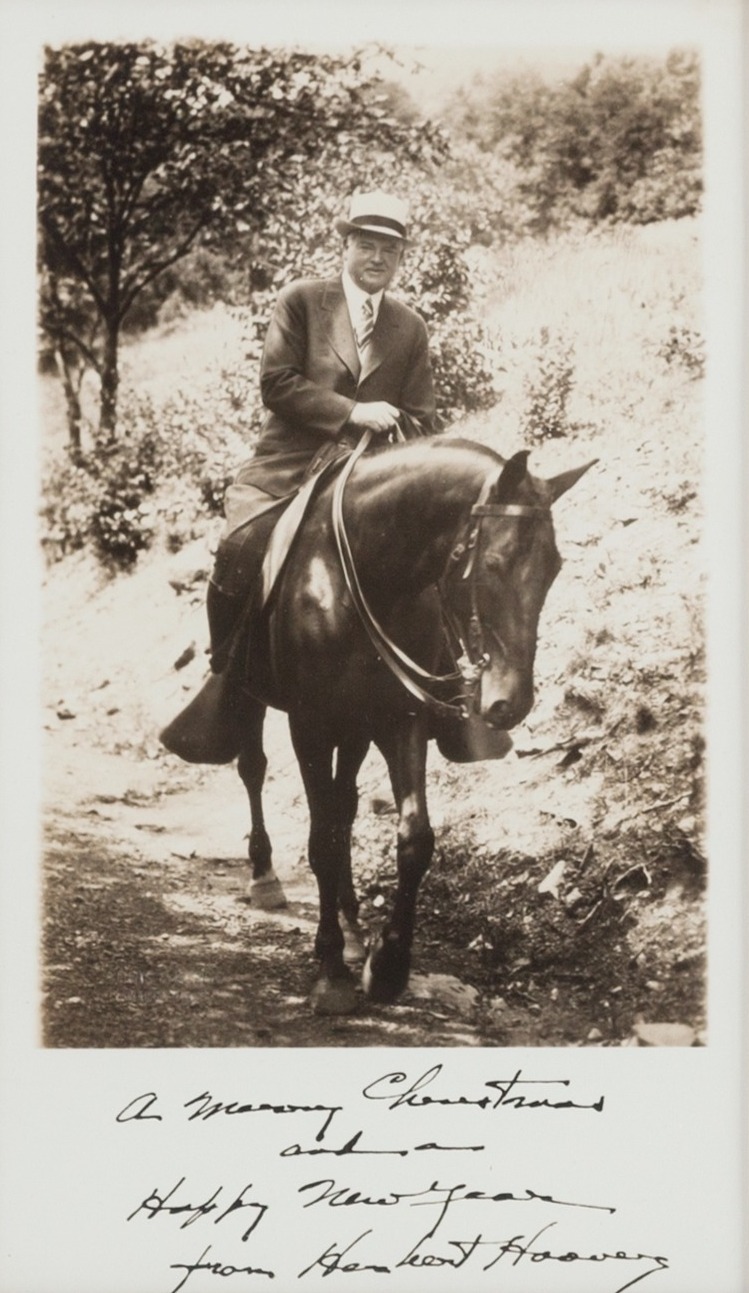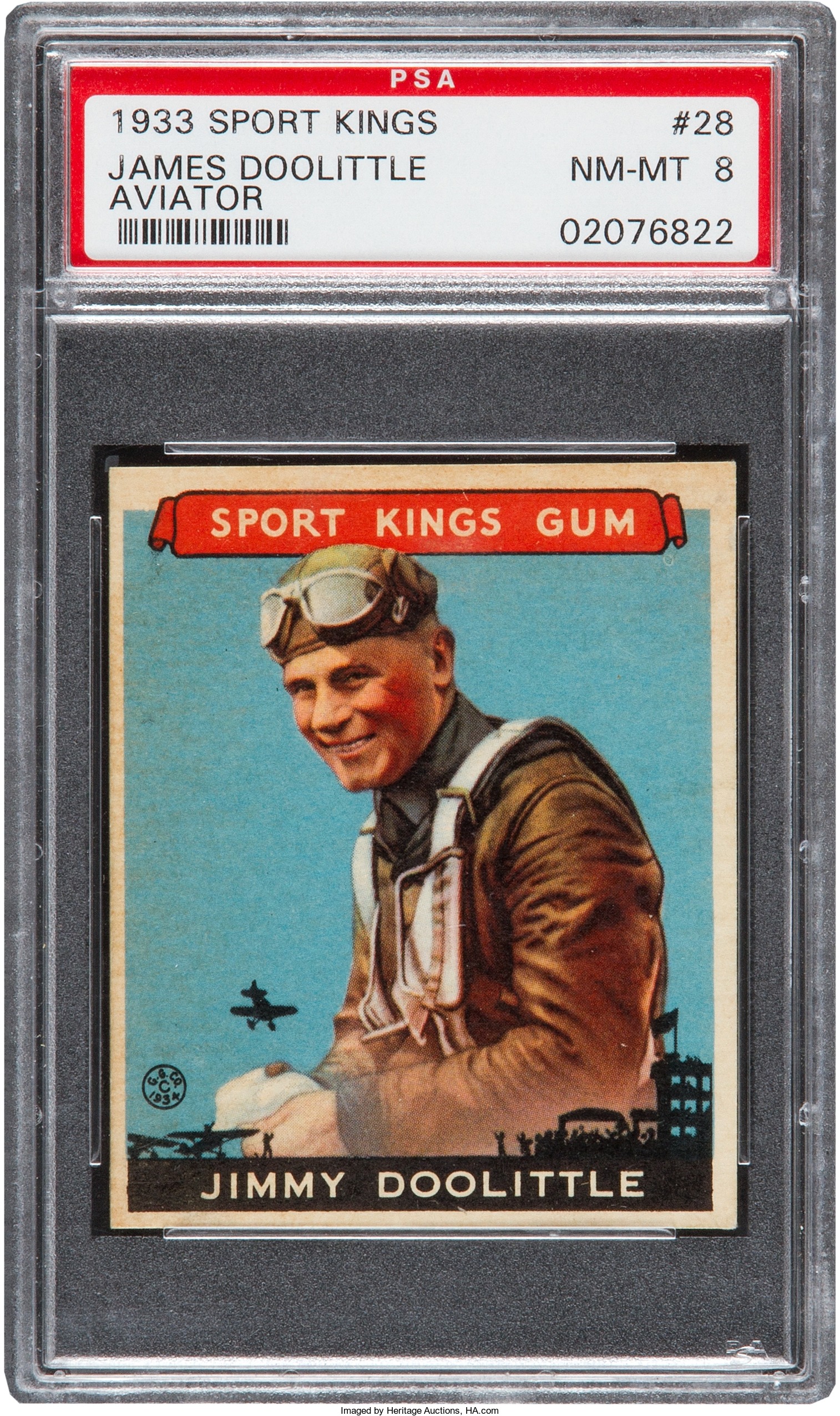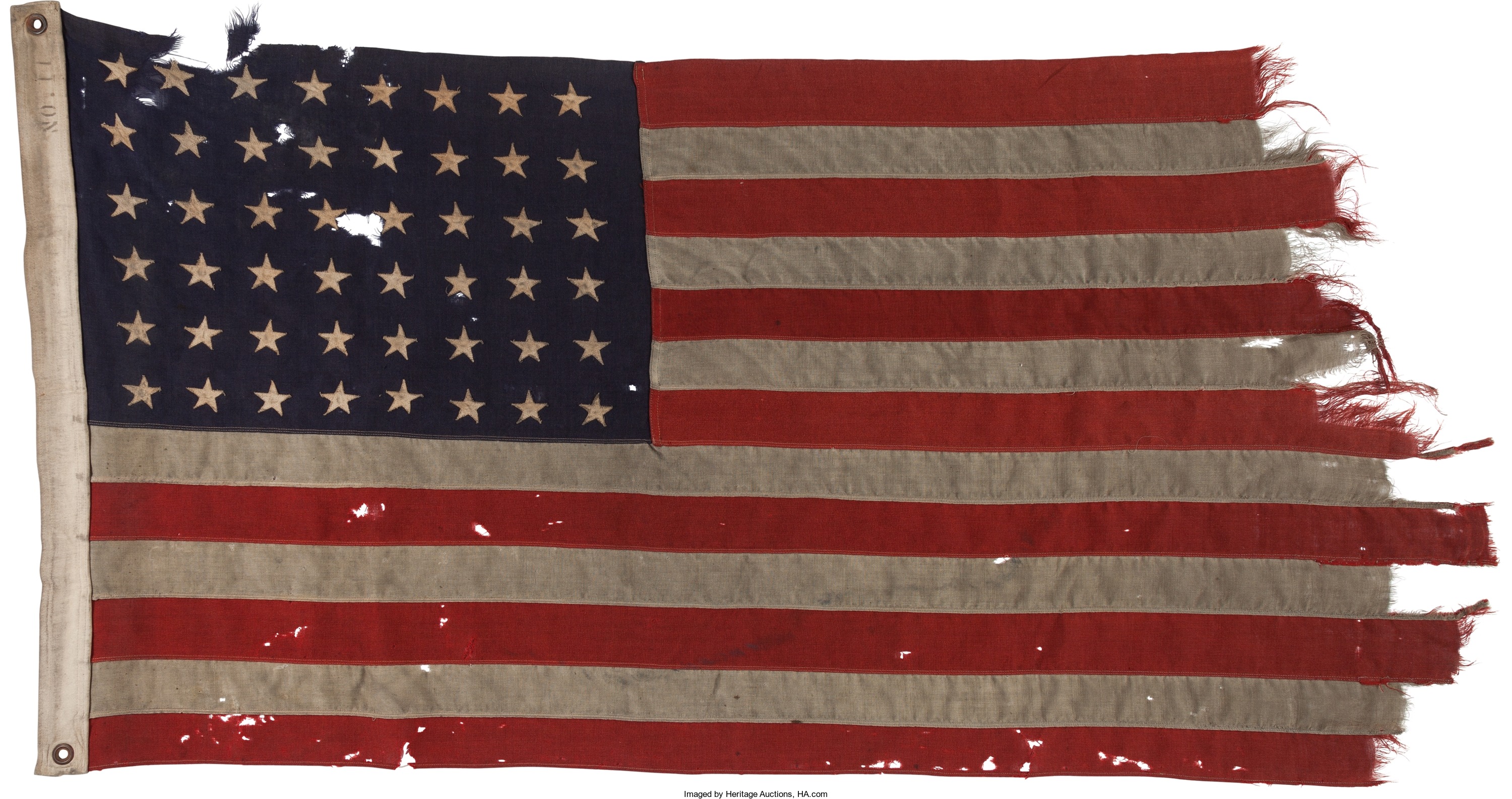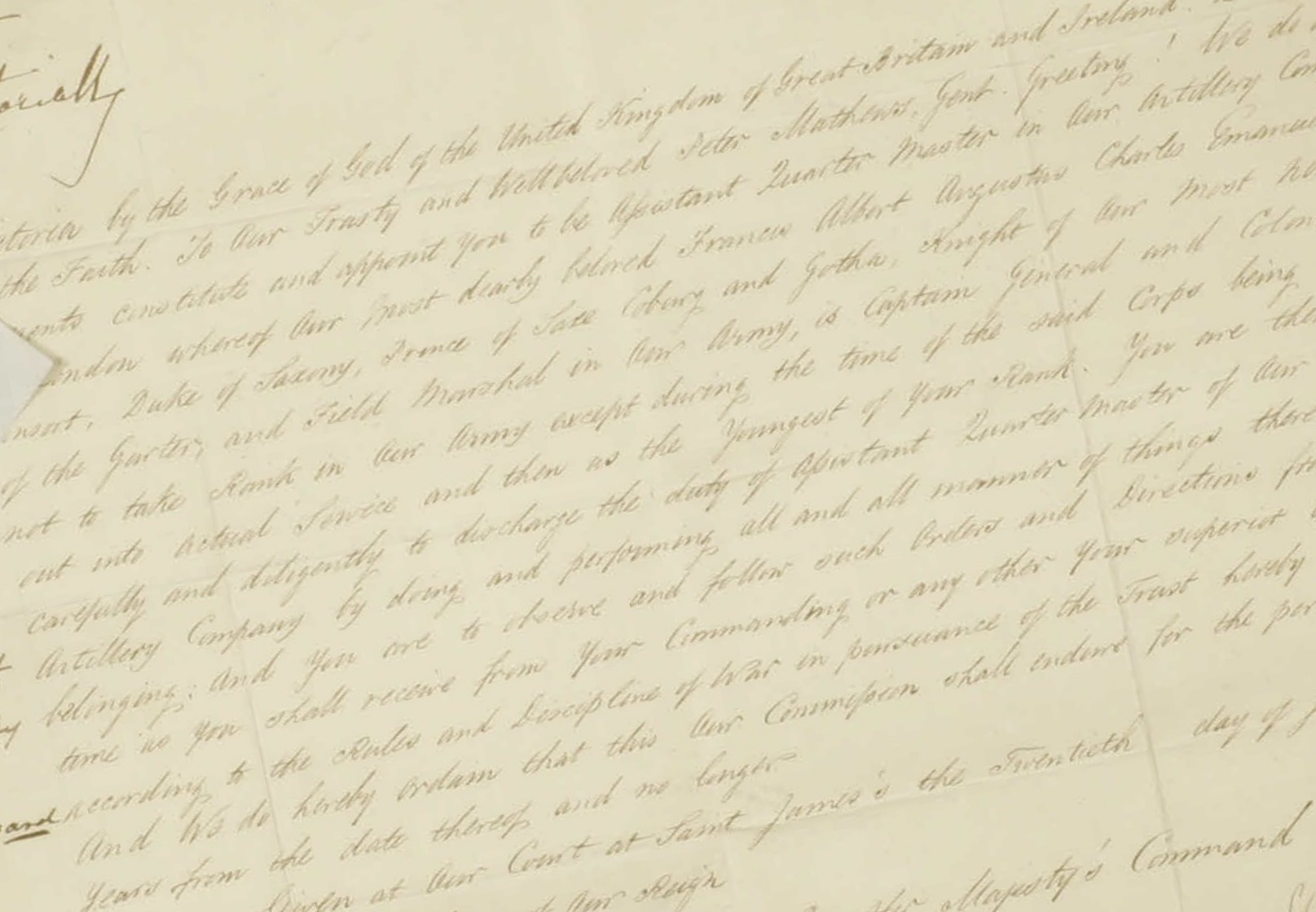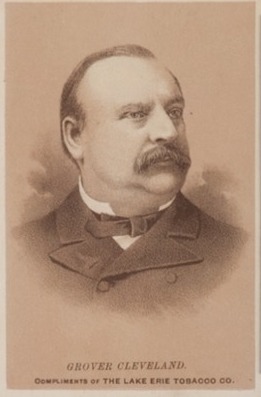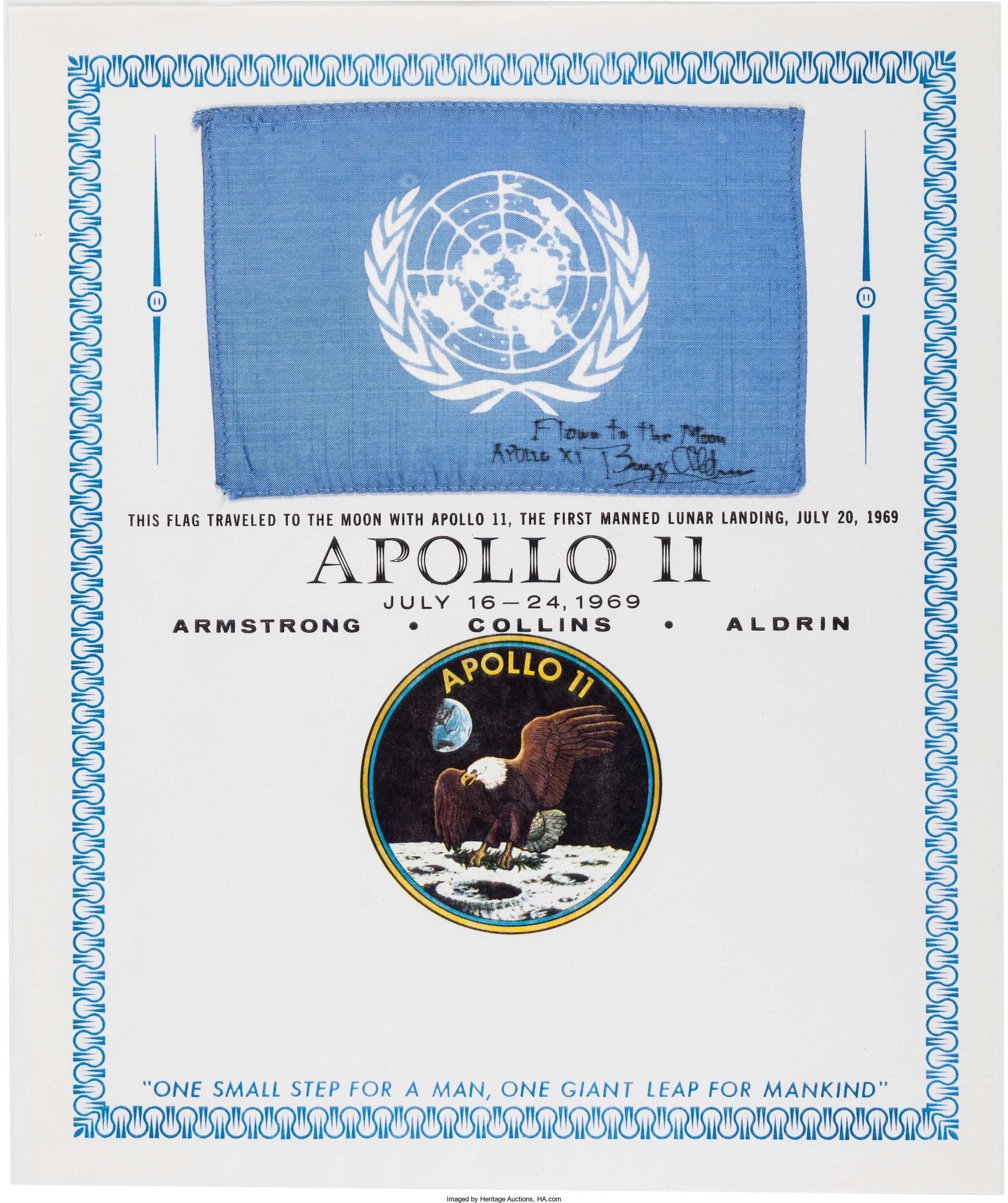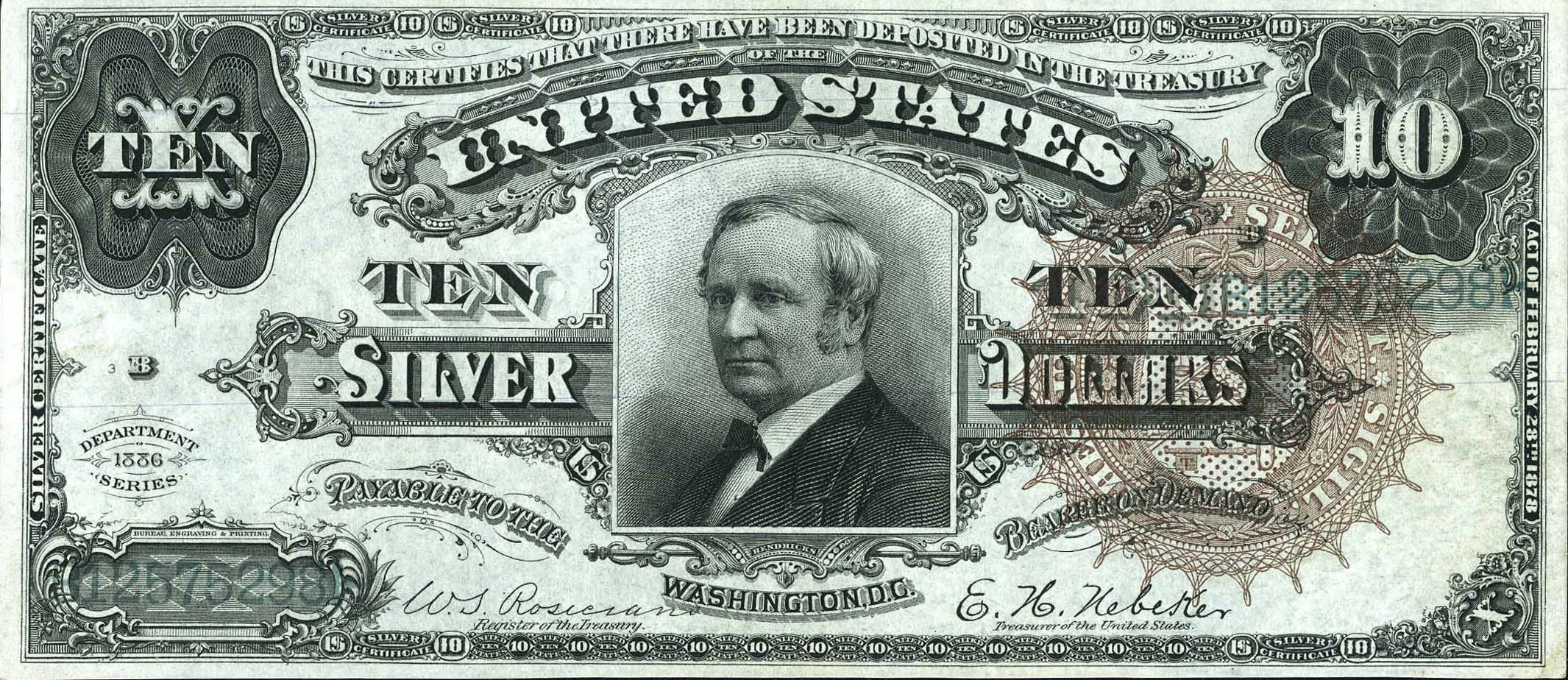
By Jim O’Neal
In the annals of American vice presidents, no occupant had a more tortuous path than Democrat Thomas A. Hendricks of Indiana. In the course of that journey, he acquired a controversial reputation with views on race that cast a shadow over his entire career.
A law practice in Indiana led him to a political career in 1848 where he first revealed his anti-black bias. He helped to enact the infamous “Black Laws” – ensuring racial segregation and strict limitations on immigrations of free blacks into the entire state. In 1850, he was elected to the U.S. Congress, where he was a strong supporter of popular sovereignty and expansion of slavery to the West.
He then pushed the Kansas-Nebraska Act, which repealed the Missouri Compromise and led directly to the Civil War. His speeches were some of the most vitriolic on record concerning the black race. He fought against reconstruction after the war and was rejected as a VP running mate for Samuel Tilden in 1876.
This was the only election in which a candidate (Tilden) received more than 50 percent of the popular vote but was not elected by the Electoral College. (In 1824, 1888 and 2000, the candidate who received the most votes did not win, but none of them had more than 50 percent).
Then eight years later, Grover Cleveland and Hendricks became the first Democrats to win a presidential election since 1856. This was the longest losing streak for any major party in American political history … six consecutive losing presidential elections!
Hendricks’ long wait was over, but he had little time to savor victory. Eight months later, he was dead. For the fifth time, the vice presidency was vacant as the result of the death of the occupant and in 10 of the first 18 presidencies, there was no sitting VP. But by now the office was so lightly regarded, few seemed to care.
That is until someone realized that the offices of both the president pro tempore of the Senate and the Speaker of the House were also vacant. With Republicans in control of the Senate, the next successor would be of the opposing party!
So in 1886, Congress passed a law removing Congressional leaders from the line of succession and replaced them with members of the president’s Cabinet … starting with State and then Treasury, War, etc. That lasted until 1947 and then changed again in 1967 with the passage of the 25th Amendment … today’s law.
So old racist Thomas Hendricks’ service was only memorable for the actions taken by others after he died.
Not much of a legacy.
 Intelligent Collector blogger JIM O’NEAL is an avid collector and history buff. He is President and CEO of Frito-Lay International [retired] and earlier served as Chairman and CEO of PepsiCo Restaurants International [KFC Pizza Hut and Taco Bell].
Intelligent Collector blogger JIM O’NEAL is an avid collector and history buff. He is President and CEO of Frito-Lay International [retired] and earlier served as Chairman and CEO of PepsiCo Restaurants International [KFC Pizza Hut and Taco Bell].

